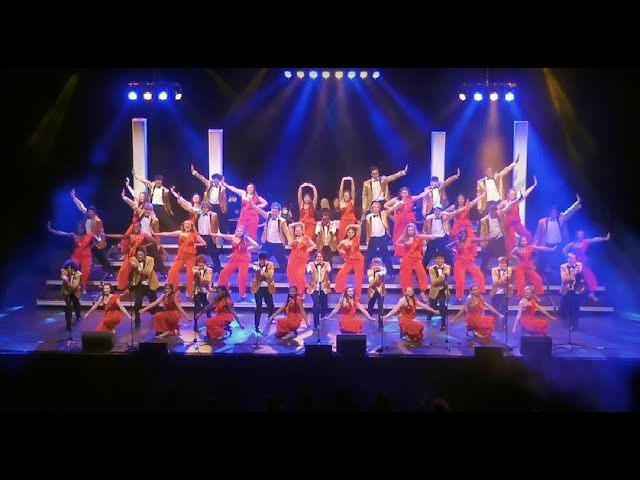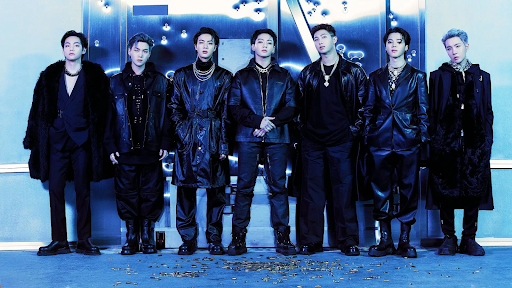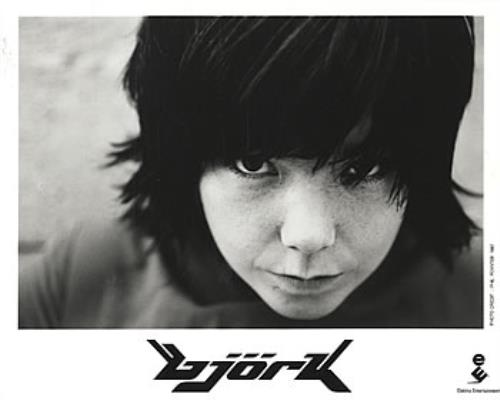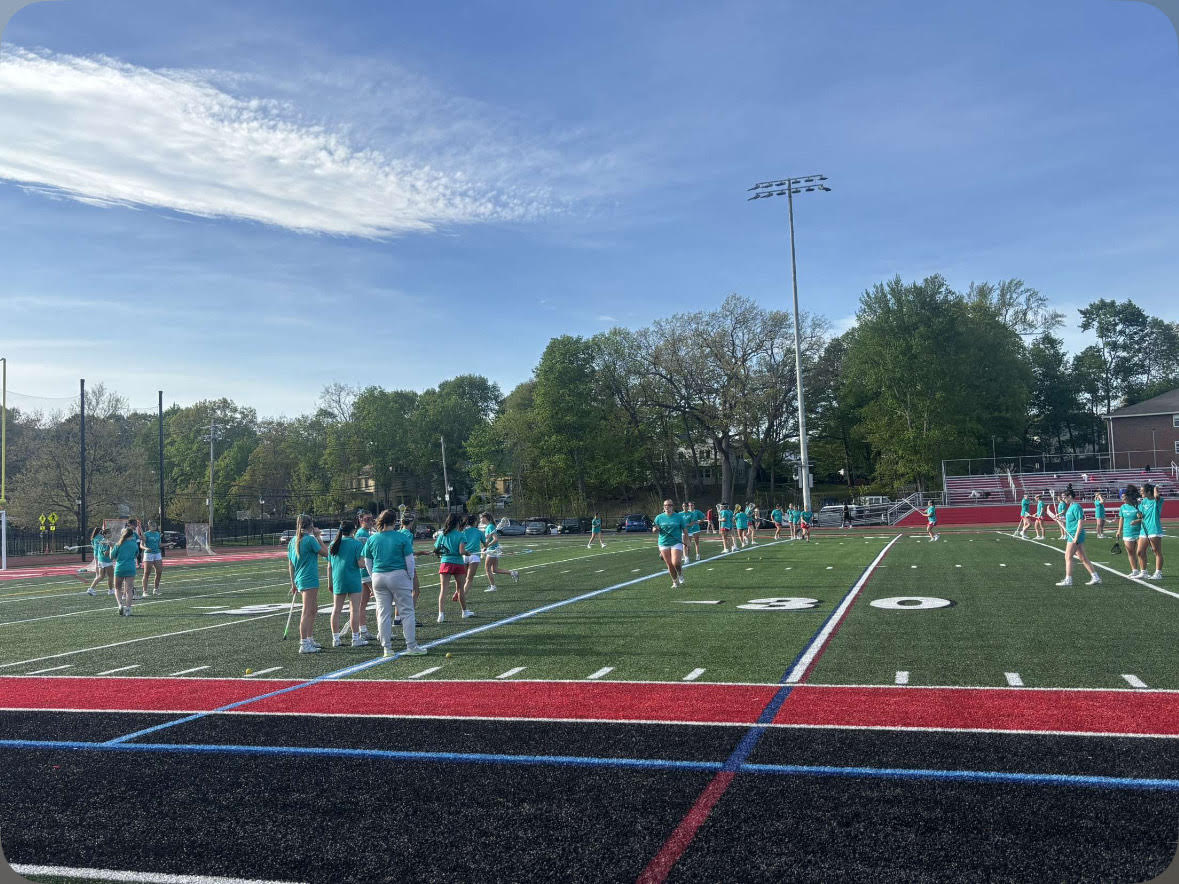Show Choir (noun)
A show choir is a musical ensemble that combines choral singing with choreographed dance, often with an overarching theme.
Introduction
So, you’re looking into starting your school’s show choir journey? Buckle up because there’s a lot more to it than good dancers and singers with their feet together. Show choir takes a group of kids with a common love for singing and dancing and turns them into a professional leveled team.
The lessons learned in show choir will remain with students involved for a lifetime. Not only do you become a better singer and dancer than you ever believed possible, but you gaincan have confidence in yourself. As you’re judged and scored you learn how to improvebetter yourself, and with support from directors and friends, you become driven to work harder for your success and developmentimprovement. Involving yourself in a show choir is a good way to learn teamwork, and sportsmanship whilst doing what one loves in the arts.
So what is it?
Put simply, show choir is a singing and dancing competition. Groups battle it out on stage to see who has the most synced chrome, the best vocal blend, and the most energy and emotion. However, that’s only the beginning. Schools work on perfecting their shows with months of rehearsals before the show choir competition season even begins. This allows you to bond with your group, and unite with the common goal of working hard and working together to win.
The Score Sheet
Like any other competition, you’re probably wondering how to win. One thing you’ll quickly learn is no group is perfect, there is always room for improvement. The placements in a show choir competition are based on a panel of judges. The exact number fluctuates, but typically you’ll have at least one band judge, vocal judge, and choreography judge. All of them will fill out the score sheet from each group they reviewwatch. Every score sheet looks a little different, however, generally, there are things to look out for when designing and cleaning your show.
Vocals-
- Phrasing- This is how you sing each word in the rhythm of each song. There should be emotion, maybe this is sadness, anger, or joy, but make the audience feel that through how you choose to sing each word within the style of the song.
- Intonation- The accuracy of hitting each note and pitch of your section and sounding harmonized as one. No individual voices popping out.
- Diction- Every word must be emphasizedathized more than you would speak it. Some 60 kids singing makes it hard to hear every word, be sure to over pronounce each vowel, as well as the start and end of the words to ensure the judges have no problem understanding.
- Tone Quality- Simply put, this is the quality of the sound. While two people can sing the same note, it still may not sound unified. It is important to breathe well, tighten your core, and let the notes ring out in the right placement.
- Balance of Parts/ Blend- Your vocal sections (soprano, alto, tenor, bass) should all be heard at an equal volume. The basis supports the sound and the sopranos make it ring. Be sure all parts can be heard singing their own correct notes at any time.
- Dynamics/ Projection- How loud can your group be without yelling the words? But often overlooked is how quiet can your group get having the audience still clearly understand you.
- Level of Difficulty- Easy singing makes for easier points, you need to include everything above to score well in this category.
Choreography-
- Precision/ Execution- How precise are your movements? Is your group working as a unit? You want everyone to hit the same move, correctly, at the same time. This means everyone should have straight arms, get low and high when called for, and look confident in what they’re doing.
- Appropriate Use of Movement- You should ensure that during quiet vocal moments, your group isn’t going crazy with big, complete moves. Likewise, when you have a bold vocal moment or a dance break you should come out with tall and bold movements.
- Stage Presence- Whether you’re the soloist front and center, or in the back corner you, are equally important to the overall picture. The judges will be looking for if 100% of the group owns their role as if it were a solo 100% of the time.
- Energy- Not only are you able to come out and hit the audience with your big, hype energy, yelling and cheering as you dance, but you’re also able to pull it back during the soft moments. The ballad for example should be mostly calming.
- Transitions- Smooth transitions are key. You should continue acting, facials, and energy as you move using your arms to keep the audience engaged.
- Posture- Head up, shoulders back, don’t be hunched. Even when sitting or facing down, try and maintain this professional look.
- Creativity- This isn’t just for the choreographer. Are your moves big, bold, and unseen from other groups? Does your group freestyle and dance on their own through traditions? It’s all about adding your own style and swag to a dance.
- Level of Difficulty- Did you implement all aspects of the categories above?
Overall Show-
- Show Design- Does your show have a theme or message that is clear throat? Each number should give a full range of highs and lows to keep the audience on their toes. The overall story should leave the audience feeling something, and not struggling to understand what you’ve just attempted to lay out for them.
- Use of Costuming- For the directors, are the costumes fitting for the story you’re trying to tell? Are they creative? If there is no story then do they all match? Ensure your costumes are cleaned and not wrinkled. If your group wears jackets, are the collars down? All of which are good to take into account. Messy costumes are an easy way to lose points.
- Integration with Accompaniment- Your show choir and show band needs to be working as one for both groups’ success. This section is judging how well you were able to pull this off. Was the band quiet enough to hear the choir? Was the choir able to hand off the show smoothly to the band during a dance break? These are important things for the balance of your show that judges will look for.
- Consistency- A wide variety of songs is great, this category speaks more of the flow of your show. If you want to include Beyoncé and High School Musical in the same set, maybe don’t stick them right next to each other, ease into these dramatically different styles instead with a song or two styled in between. Make your show have variety, without the feeling of desperately jumping around.
On average, vocals make up the most points on a score sheet, close behind is your choreography, and a small percentage is your overall show. No category should be overlooked.
Your school’s show band competes with the others on a different score sheet and while the music certainly affects the performers, show bands are judged individually. It is important to know that most competitions only allow one adult on stage with the band for them to still be considered for the competition. Any more will likely result in the group not being considered as a student band.
Positions
Whatever route you choose to take your show, one thing you’ll find yourself needing a lot is positions.
Typically, show choir platforms are 8 feet long and lined with the tallest in the back, and shortest in the front of the stage. Some groups like to add their spin on this though, and instead make their layouts to fit around their physical set or lighting. Whichever way you choose to go, make sure the platforms are easy to move across. Seamless transitions as performers move from one to another are key, it shouldn’t be difficult for anyone to reach their spot because of a large jump, step, or gap.
Depending on your group’s numbers and costume variations you can make some pretty cool pictures on stage just from where you choose to place people. While you could just have everyone in rows the whole show, it will do you favors to switch it up throughout each number. Not only will this allow you to create great images such as triangles, stars, letters, circles, and more, but this will also allow more students to have their moments around the stage, getting to be center or upfront can feel rewarding for a hardworking performer. Make sure your positions are clean and precise, without anyone being blocked unless intentionally. Not always, but most likely you’ll want to split the stage with “mirrors” which means someone is the same distance from the center as someone else. Judges will look for these mirrors as a way to check if the position is correct. They will also search for big gaps where it looks like someone is intended to be, but is missing. Any positions that just seem a bit too off may result in a deduction of staging points. However, if you have new ones frequently, and hit them well, this is a good way to earn your group some points.
A good, well-known idea is to create “dance maps”, where you can see the layout of where each student is supposed to be on stage. This will allow students to double-check positions and allow everyone to visualize what the shape is meant to be before they take their place. Positions can get messy as well, so they’re good to review periodically, especially if you need to change them throughout the season due to absent performers or any other change in numbers.
The Show Layout
Whilst the ideal of a show choir is to prove your uniqueness to stand out and come out on top over other groups, often you’ll find groups choose to follow the same general guidelines when it comes to the purpose of each song. You may have more, or less depending on preference and the length of each number. Keep in mind that show choir dances tend to be very physically demanding and require a lot of cardio with few opportunities for breaths. That being said, even the best group can only go so long, so try and keep your show generally under 20 minutes, however, some groups choose to be closer to 10. Here are some tips as to what these are and what judges are looking for. However, there’s no shame in adding, removing, or combining ideas from the typical show choir story.
- The Opener is of course designed to open the show. Possibly the most important number in the performance, openers set the tone for everything in between. It is important to immediately show the audience confidence, cleanliness, and accuracy as well as heavy energy and a good song choice to create a sense of excitement amongst the audience for the rest of your show.
- The Ballad is the moment to pull the show back. Maybe your group has a lot of energy, a little, but this is the time to allow the audience to be at ease and listen to the soothing, quiet yet supported sounds of the group. Typically happening in the middle, it can be seen as a break from the action. However, don’t lose the audience’s interest by pulling a pack, instead make them intrigued and at ease. They should understand the message you’re portraying without needing to focus hard. This is the number a vocal judge will especially focus on, as traditionally there is no dancing for this number. By definition, a ballad is a poem telling the story of an adventure, romance, or a hero that is suitable for singing. That is exactly what you should intend to do here. This is where the message of your show is in full motion. Pull at the strings of those in the audience. Make them feel something, and let them hear the beauty of some 50 kids harmonizing your many different sections.
- The Costume Change is a notable part of every show choir set. Often happening at least once, this number serves the purpose of getting the majority of the performers off the stage and keeping the audience entertained whilst a quick change of outfits quickly takes place out of sight. During the costume changes, often there will be a soloist or duet taking place. Some groups even prefer to have the dresses changed once, then the suits go, providing a nice moment for the trebles and for the baritones to individually shine. This number can be taken as quiet and peaceful or as energetic and crazy as your group likes. Just, please, don’t be late coming back on stage! Missing the costume change not only leaves a gap in the formation where you’re supposed to be on stage but in addition, when you do come on it draws the intention towards you. These are easy ways to lose staging points. If you were to miss it, wait until a large onstage transition to reenter. There’s a chance you’ll go unnoticed this way.
- The Closer is the chance to test if you accomplished what you have set out to do. It poses as a test of stamina, which is easier said than done. Your vocals must stay consistent, and singing and dancing have to be full out. Following the physically demanding dancing along with few opportunities to catch your breath this proves to be a challenge after a long show. Good groups build their stamina and maintain control of themselves so they can give everything they have until the moment they bow. The judges will have begun filling out the score sheets during this number, and it is important that as they watch and listen they only see perfection for every category. But possibly even more important is leaving that stage with a resonated feeling in the room. The audience should only be impressed, but they should feel something. They should be motivated to come up there and dance right along with you. To live in the moment with this joy and thrill you just threw at them.
The Scenery
We’ve talked about the performance of your show, now it’s time to think about the physical set the students will be performing around. Maybe you want a big laser light show, bike ramps for stunts, or a boat that’ll thrust kids into the air? A set themed around your show’s central idea of story arch is of course the ideal choice. That aside, the physical aspects of your show only make up a very small percentage if at all of your final score. Rather than flashing big lights or scenery around, some groups opt for financial success instead, and keep it simple, maybe a few lights, maybe no set at all.
Keep in mind many comps will have their lighting, spotlights, and fog machines as well. These are good things to note when and if you find your group writing light cues for a performance.
Before construction make sure to check the comps you plan to go to for certain limitations of their theater. Some schools may hardly have room for the band in the back, while others will leave you with giant open gaps. Check if it’s a proscenium stage. Is there a curtain? Wings? Most importantly, how big is their stage? More specifically, how big is the door leading to that stage? Groups needing to disassemble entire sets only to reconstruct them on stage take up a lot of time, and happen all too often. Some comps may even deduct points for a lengthy setup time. Typically this is the reason a comp will end up running behind schedule. Don’t be that group.
This is Show Choir
Show Choir is one of the greatest middle and high school theater experiences a student can have. The life lessons and motivation gained from being in such a close-knit group stick with performers for the rest of their lives. The experience will expand your comfort zone, and make you want to work hard. You want to constantly improve yourself, and a good show choir member is driven to put in whatever effort it takes for their group’s success. Helping develop a greater sense of teamwork, unity, and accomplishment, show choir is a great addition to your school.


















